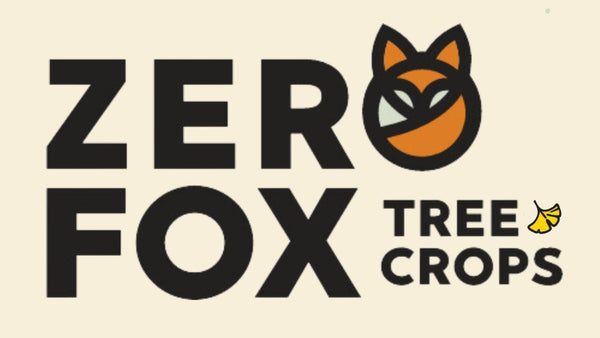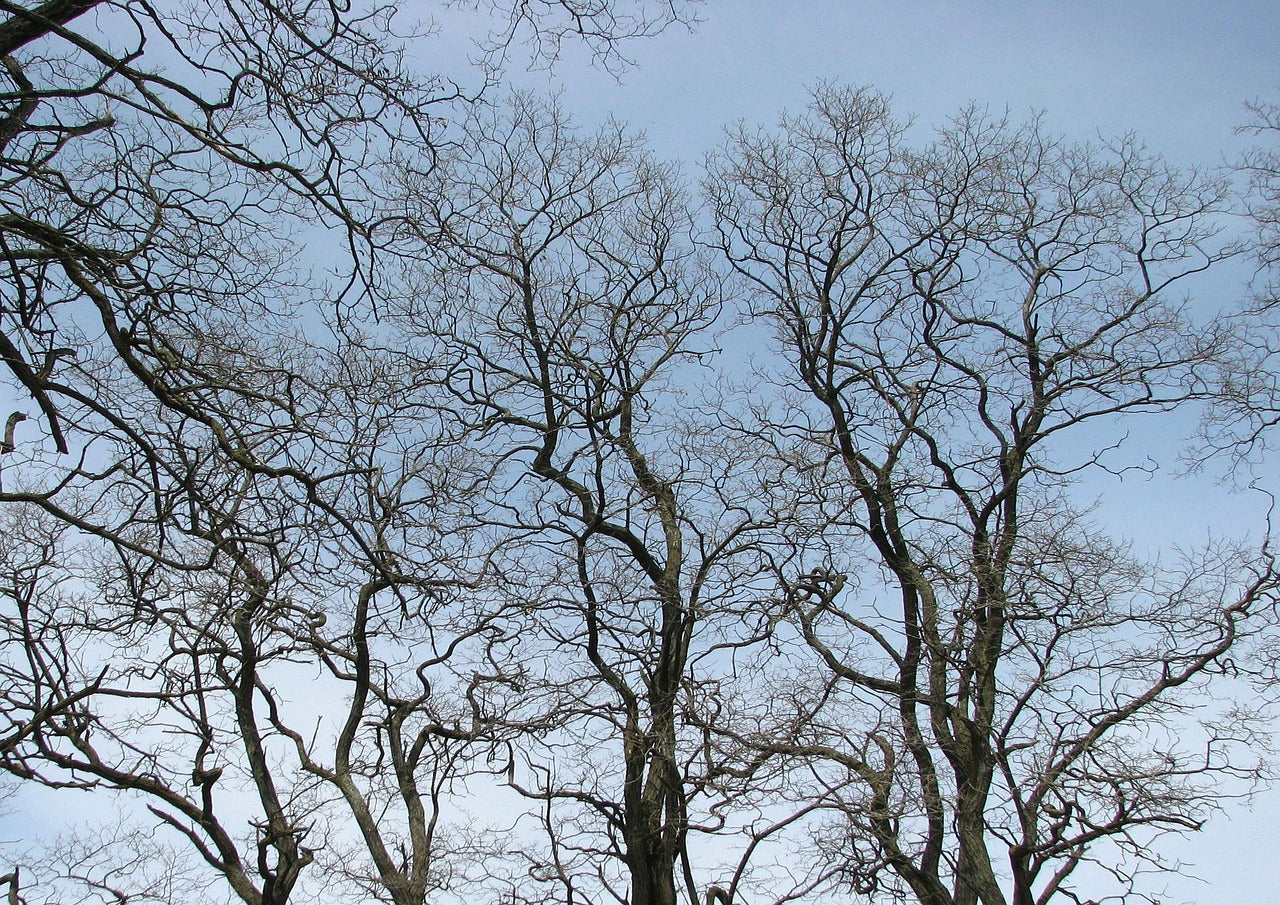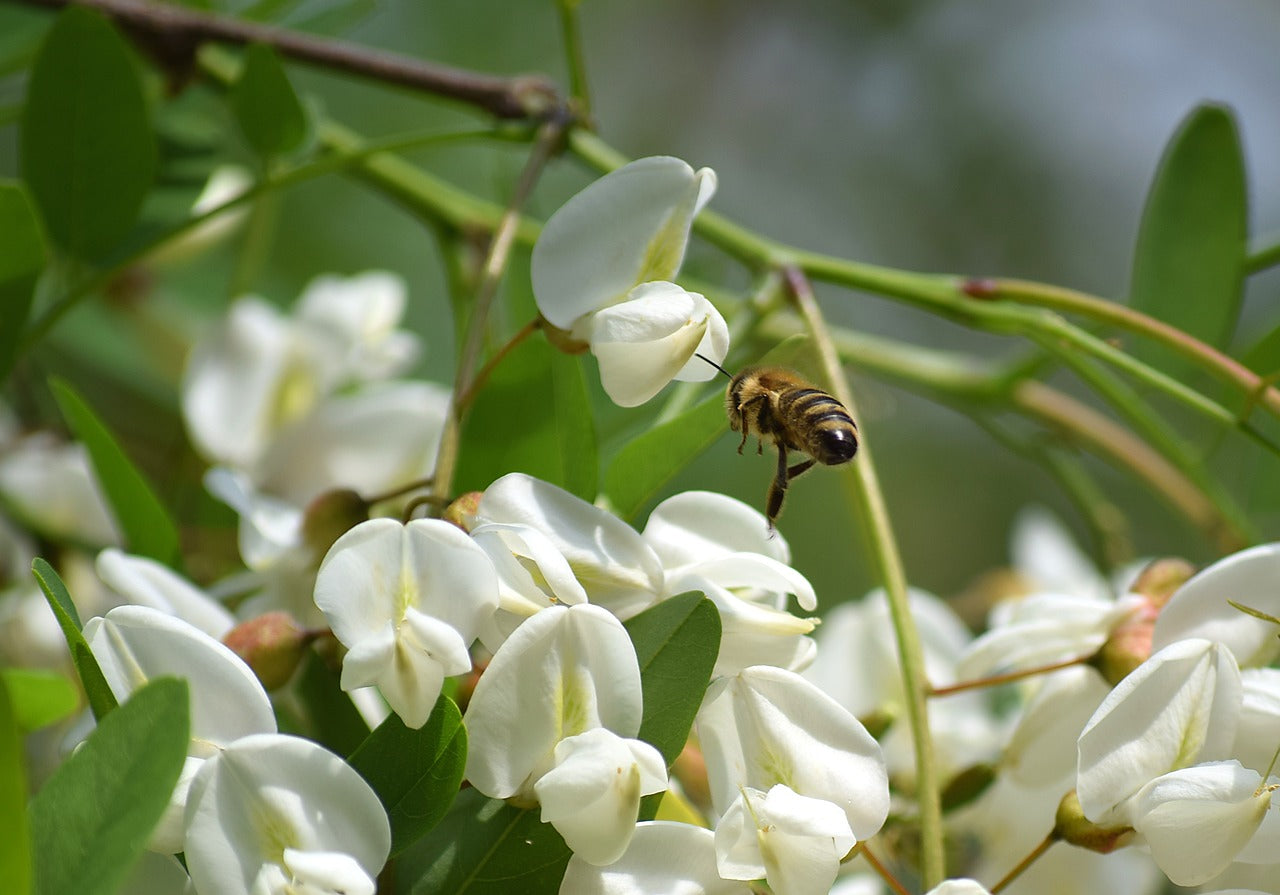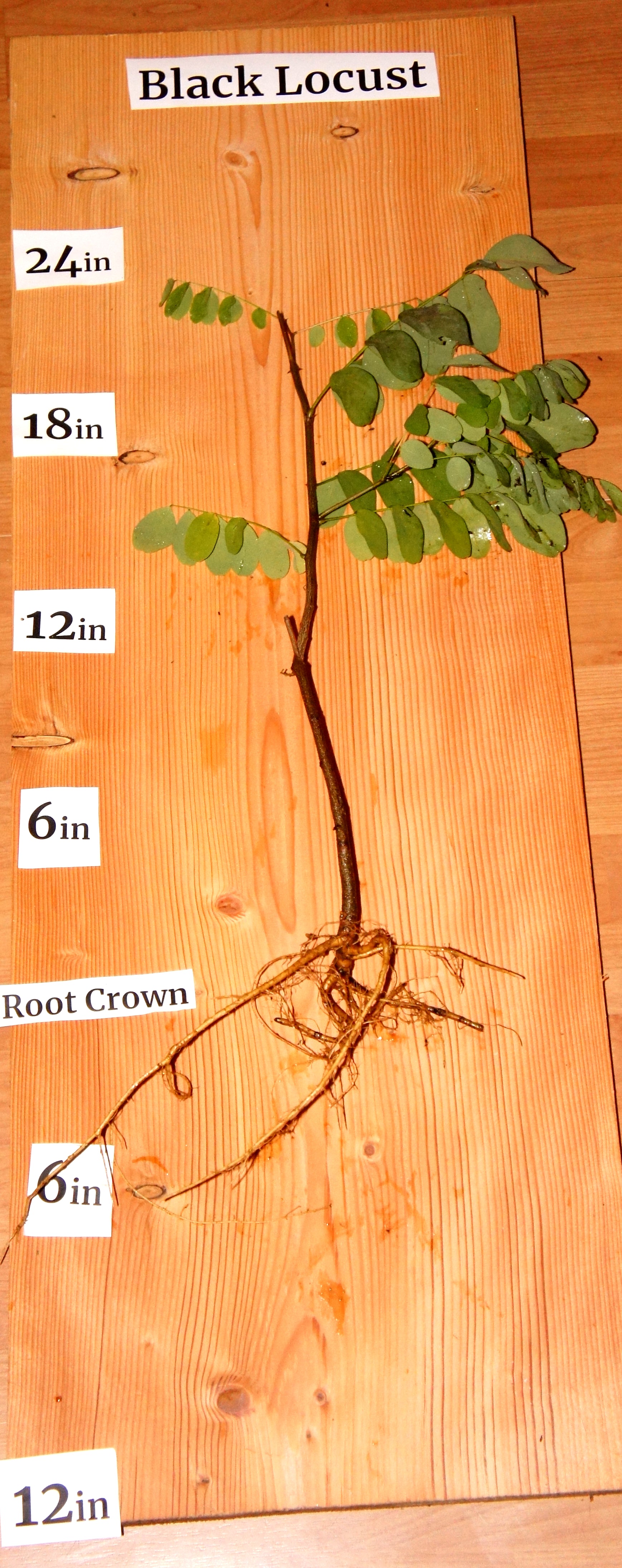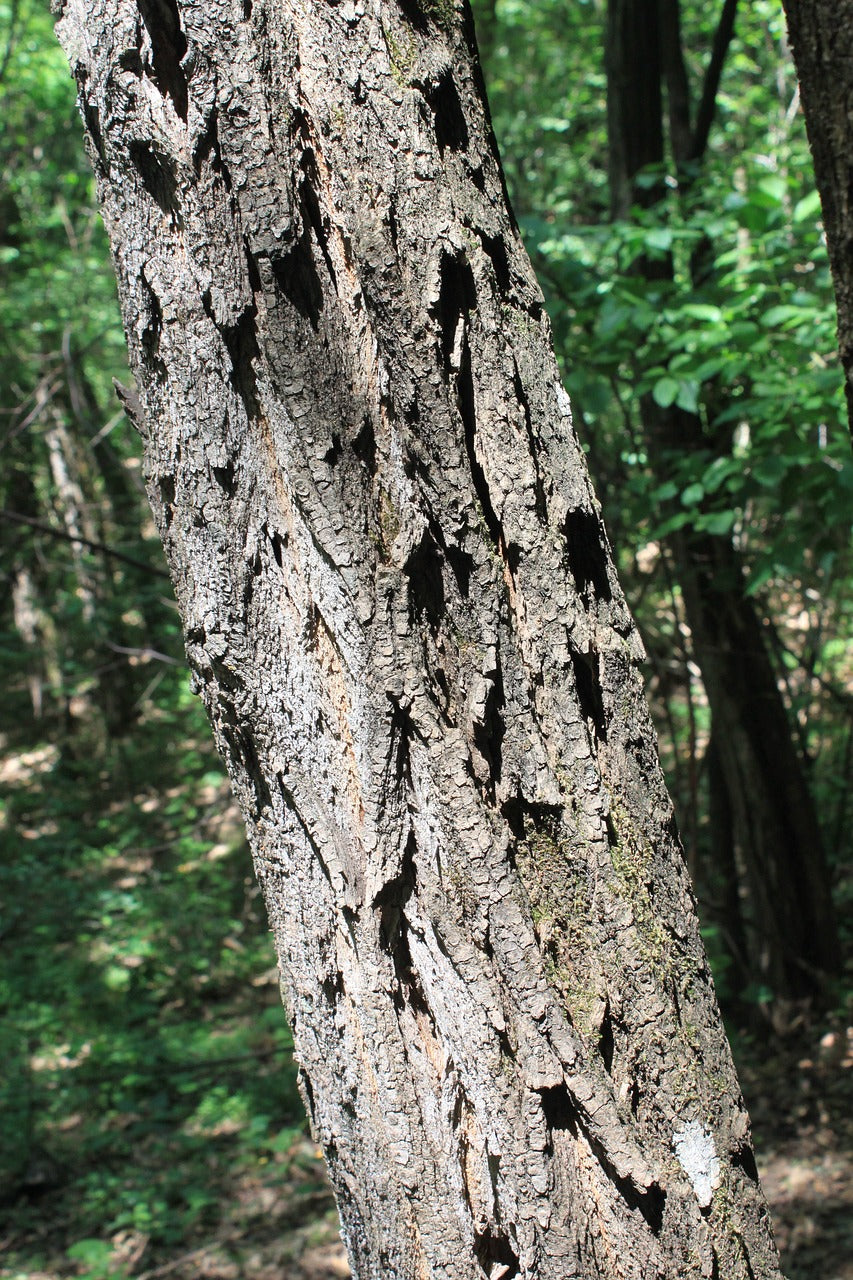Black Locust (Robinia pseudoacacia)
Black Locust (Robinia pseudoacacia)
Local Pickup Available in Harrop, BC
Couldn't load pickup availability
Why We Grow It
Why We Grow It
Black Locust is native to the southeastern United States but has been widely planted around the world for its many benefits. Its wood is among the hardest and most rot-resistant in North America, making it a top choice for fence posts, outdoor furniture, and building materials. As a nitrogen-fixing tree, it enriches the soil, supporting the growth of other plants in agroforestry systems. Its fragrant, white flowers are highly attractive to bees, contributing to honey production. Historically, Black Locust wood was used by Indigenous peoples and settlers for tools and structures due to its exceptional durability.
How the Plant Grows
How the Plant Grows
Black Locust grows rapidly in its early years, forming an upright, open crown with irregular branching. It produces pinnate leaves that create dappled shade, making it a good companion tree in mixed plantings. In late spring to early summer, it blooms with cascading clusters of fragrant white flowers. By late summer, it forms flat, brown seed pods. The tree's deep root system and ability to spread via suckers allow it to establish and stabilize quickly, even in poor or eroded soils
Plant Size
Plant Size
Size at Maturity- 40-80 feet tall with a spread of 20-30 feet
Current Size- Large 1'-2', 1 year old seedling
Additional Info
Additional Info
Black Locust is an invaluable addition to food forests and ecological designs due to its ability to improve soil fertility through nitrogen fixation and its capacity to thrive in marginal conditions. Its rot-resistant wood provides sustainable material for construction, while its flowers support pollinators and honey production. The tree creates microclimates with its shade and protects against soil erosion, making it a pioneer species that enhances the resilience and productivity of the landscapes it inhabits.
The Black Locust is a fast-growing, nitrogen-fixing tree prized for its adaptability, durability, and ecological benefits. It thrives in a variety of conditions, improves soil health, and produces incredibly dense, rot-resistant wood. Ideal for permaculture systems and food forestry, Black Locust provides valuable timber, forage, and pollinator habitat while enriching the land it grows on.
Oh and the native plant activists would appreciate me sharing that this plant is evil and incredibly harmful to native species. Definitely don't plant this tree ever. You've been warned.
Share
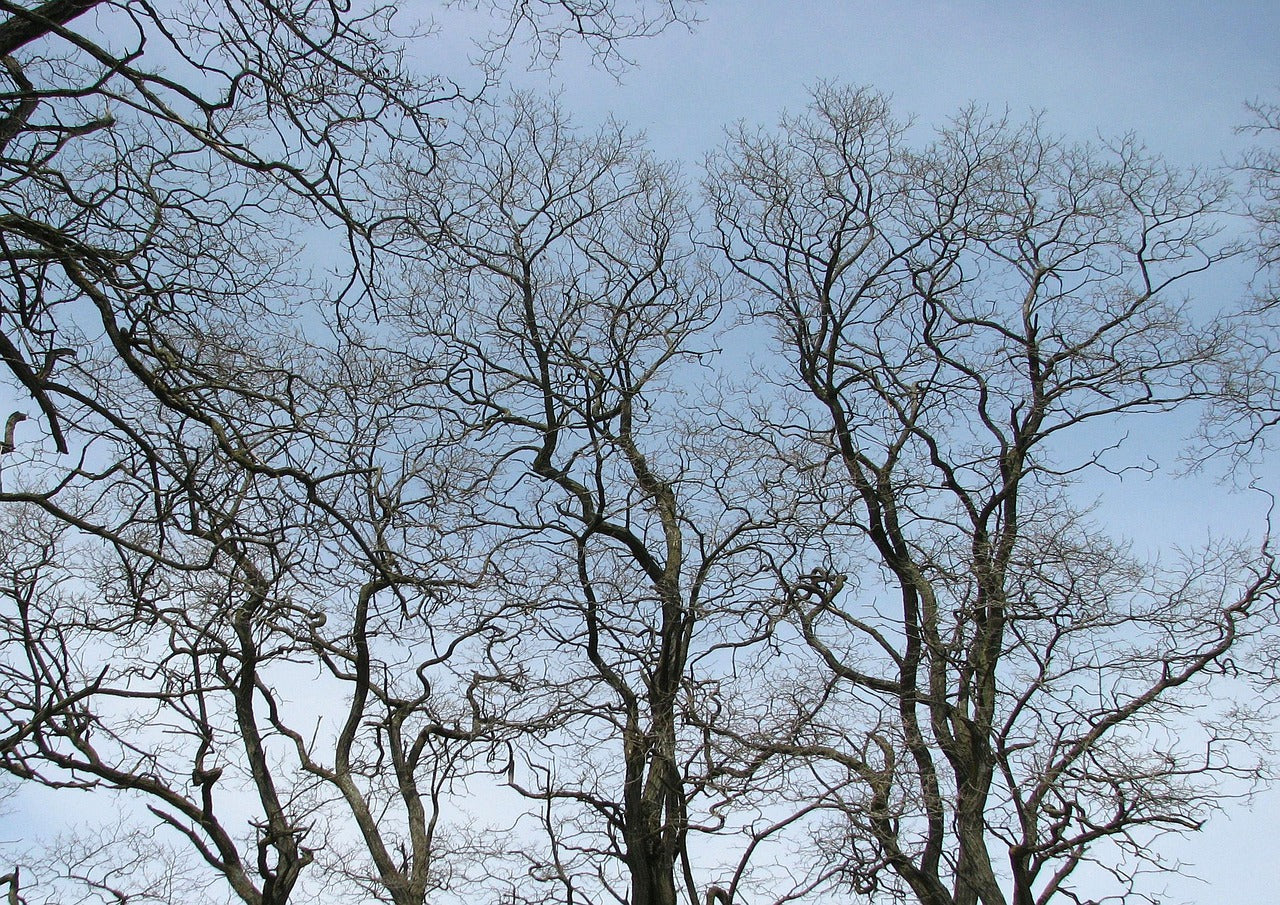
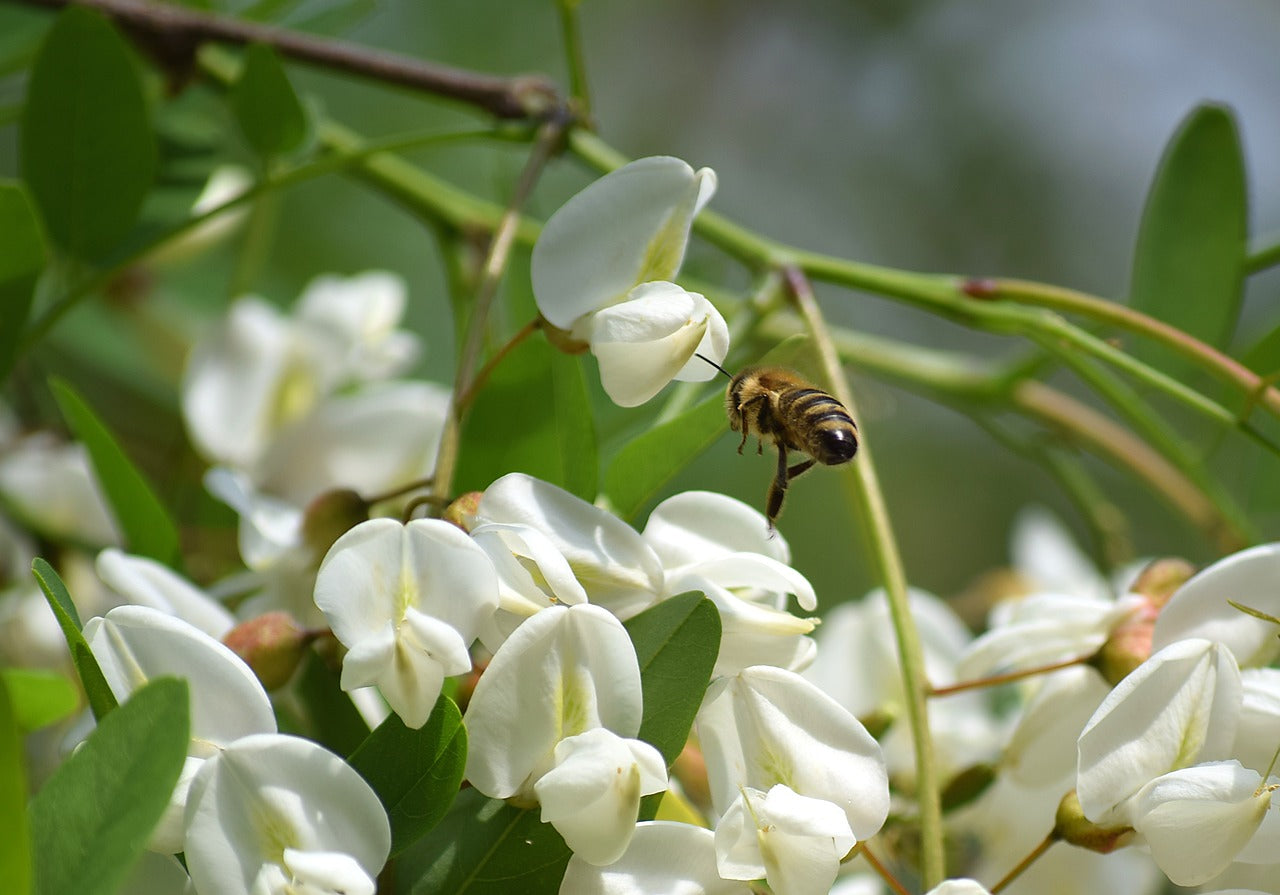
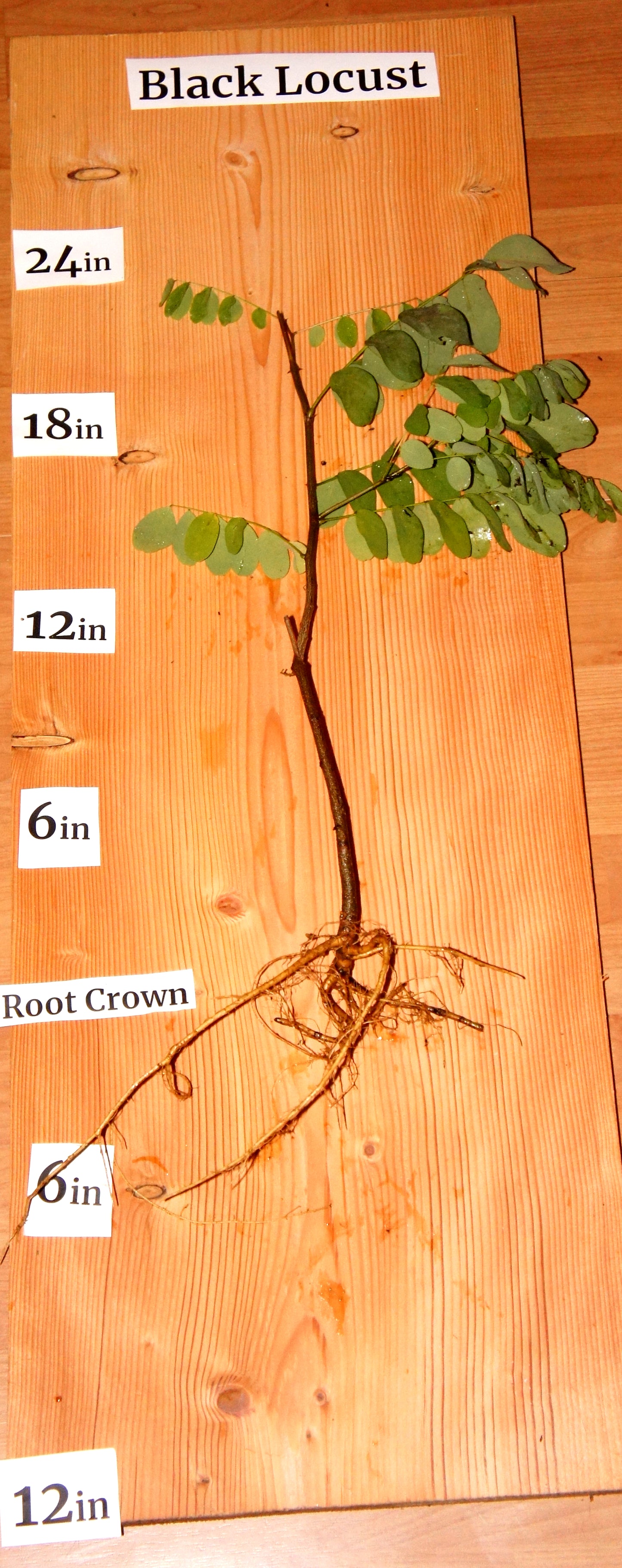
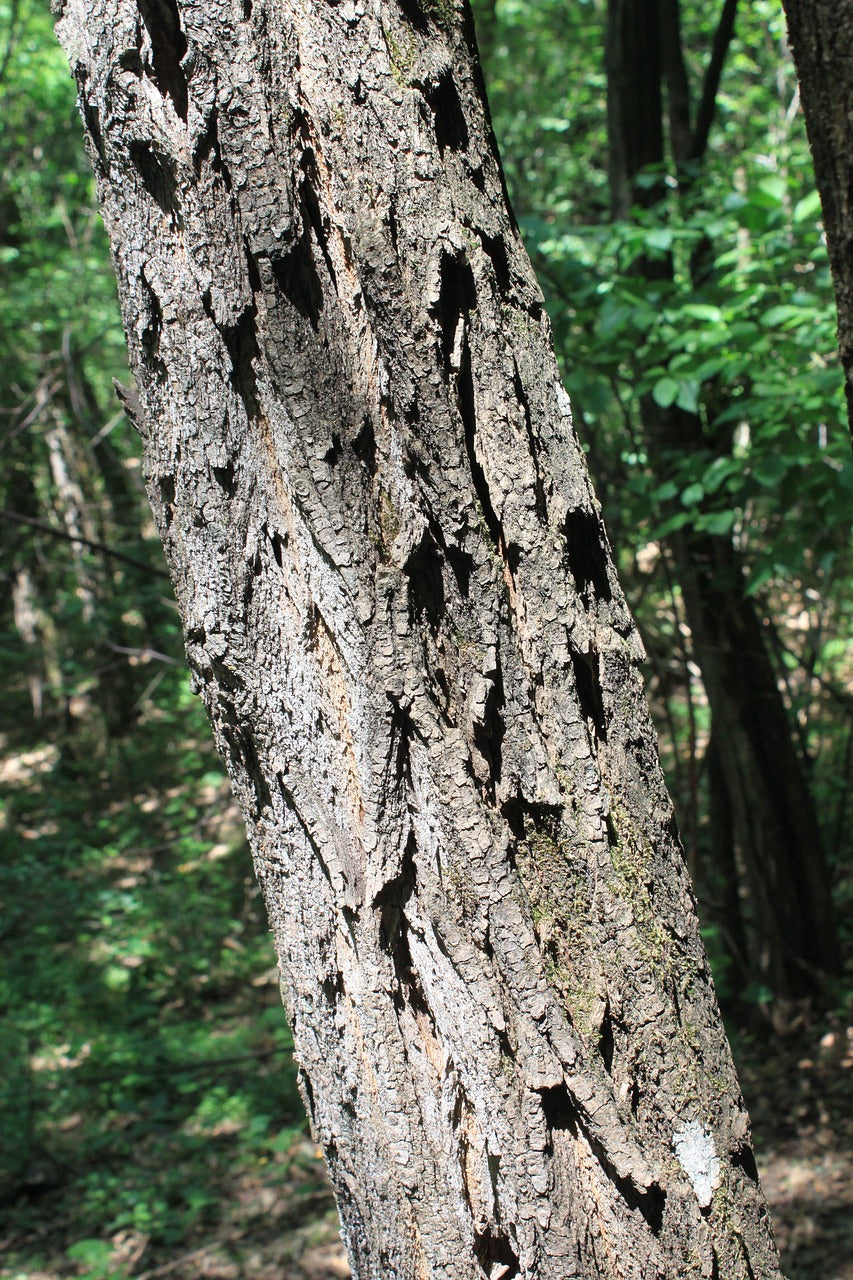
Plant Highlights
-

Water
Low water needs; drought-tolerant once established
-
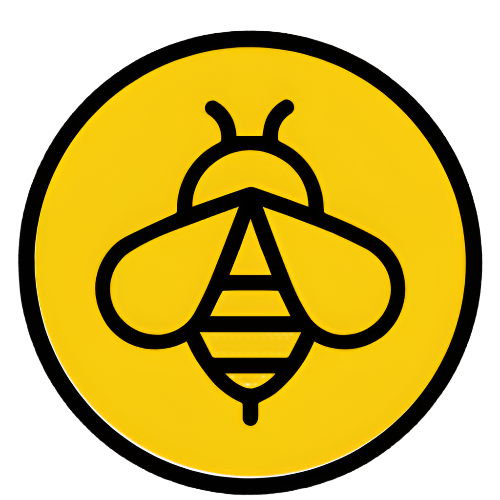
Pollination
Self-fertile but benefits from pollination by bees and other insects
-
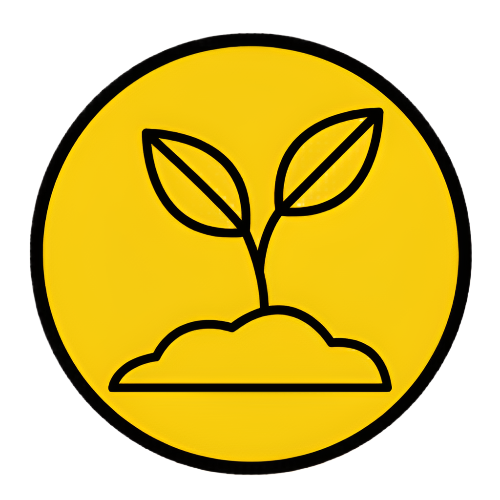
Soil
Thrives in well-drained soils, including sandy, loamy, and poor-quality soils; tolerates a wide pH range
-

Years to Bear
Produces seed pods starting at 6-10 years of age
-

Hardiness
Zones 4-8, tolerating temperatures as low as -35°C. We've heard reports of black locust in zone 3 (-40)
-
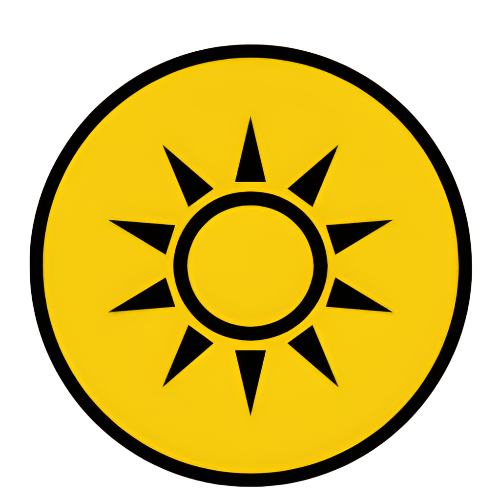
Solar
Full Sun, it struggles in the shade and is a way to keep it contained.
Subscribe to our emails
Lots of Free Growing Info. Be the first to know about new plants and exclusive discounts.
